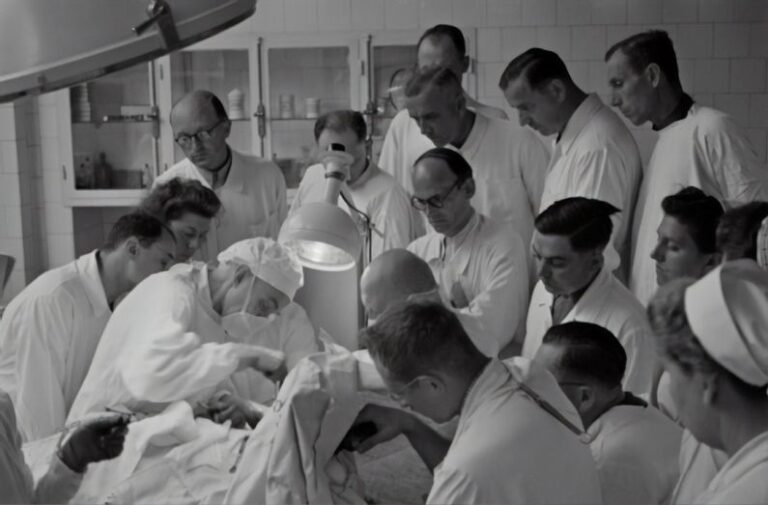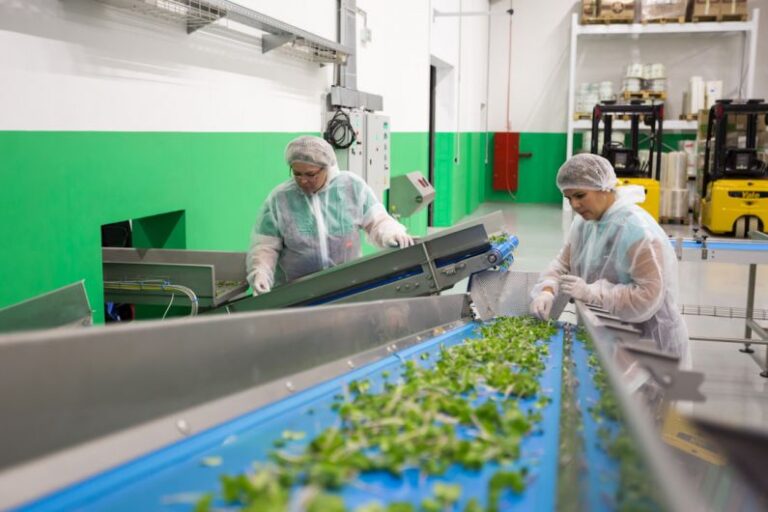The Future of Cold Forming for Tubes
The process of cold forming for tubes has been a critical technique in the manufacturing industry for decades. With advancements in technology and a growing demand for precision engineering, the future of cold forming for tubes looks promising. This article will explore the latest trends and innovations in the field that are shaping the future of tube cold forming.
Advancements in Material Science
One of the key factors driving the future of cold forming for tubes is the continuous advancements in material science. Manufacturers are constantly developing new materials with enhanced properties to meet the evolving needs of various industries. These advanced materials, such as high-strength alloys and composites, require innovative cold forming processes to shape them into complex tube geometries while maintaining their structural integrity. The integration of these new materials into cold forming operations will open up new possibilities for lightweight and durable tube designs across a wide range of applications.
Innovative Tooling Solutions
Another crucial aspect shaping the future of tube cold forming is the development of innovative tooling solutions. As manufacturers strive to improve efficiency and accuracy in their production processes, there is a growing demand for specialized tooling designs that can handle the intricacies of modern tube geometries. Advanced tooling technologies, such as servo-controlled dies and computer-aided design (CAD) simulations, are revolutionizing the way tubes are formed, allowing for greater precision and consistency in the manufacturing process. These cutting-edge tooling solutions are enabling manufacturers to push the boundaries of what is possible in tube cold forming, leading to the creation of highly complex and intricate tube shapes.
Automation and Industry 4.0 Integration
Automation and the integration of Industry 4.0 technologies are also playing a significant role in shaping the future of cold forming for tubes. As manufacturers look to streamline their production processes and increase overall efficiency, automation solutions such as robotic arms and computer numerical control (CNC) systems are becoming more prevalent in cold forming operations. These automated systems not only help to reduce production times and labor costs but also improve the quality and consistency of the formed tubes. Furthermore, the integration of Industry 4.0 principles, such as data analytics and real-time monitoring, is enabling manufacturers to optimize their cold forming processes for enhanced performance and productivity.
Environmental Sustainability and Energy Efficiency
With an increasing focus on environmental sustainability and energy efficiency, the future of cold forming for tubes is also being shaped by the development of greener manufacturing practices. Manufacturers are exploring new ways to reduce energy consumption and minimize waste in their cold forming operations, such as the adoption of eco-friendly lubricants and the implementation of energy-efficient machinery. By prioritizing sustainability in their manufacturing processes, companies can not only reduce their environmental footprint but also improve their overall operational efficiency and cost-effectiveness.
Collaborative Research and Development
Collaborative research and development initiatives are driving innovation in the field of cold forming for tubes. By partnering with academic institutions, research organizations, and other industry players, manufacturers can access cutting-edge technologies and expertise to advance their cold forming capabilities. These collaborations facilitate the exchange of knowledge and ideas, leading to the development of new techniques and processes that push the boundaries of tube cold forming. By fostering a culture of innovation and collaboration, the industry can continue to evolve and adapt to meet the challenges of tomorrow.
Adapting to Market Trends and Customer Demands
In an ever-changing market landscape, manufacturers must stay agile and responsive to evolving trends and customer demands. The future of cold forming for tubes will be shaped by the ability of companies to adapt to market shifts and tailor their products to meet the specific needs of their customers. By staying attuned to industry trends and investing in research and development, manufacturers can position themselves for success in a competitive market environment.
Continual Evolution and Adaptation
As technology continues to advance and market dynamics evolve, the future of cold forming for tubes will be marked by continual evolution and adaptation. Manufacturers must embrace innovation, invest in research and development, and collaborate with industry partners to stay ahead of the curve. By leveraging the latest technologies, materials, and processes, companies can unlock new possibilities in tube cold forming and drive the industry forward into the future.
In conclusion, the future of cold forming for tubes holds immense potential for innovation and growth. With advancements in material science, tooling solutions, automation, sustainability practices, collaborative research, and market adaptation, the industry is poised for exciting developments in the years to come. By embracing these trends and technologies, manufacturers can unlock new opportunities and create cutting-edge tube solutions that meet the demands of a rapidly changing world.






